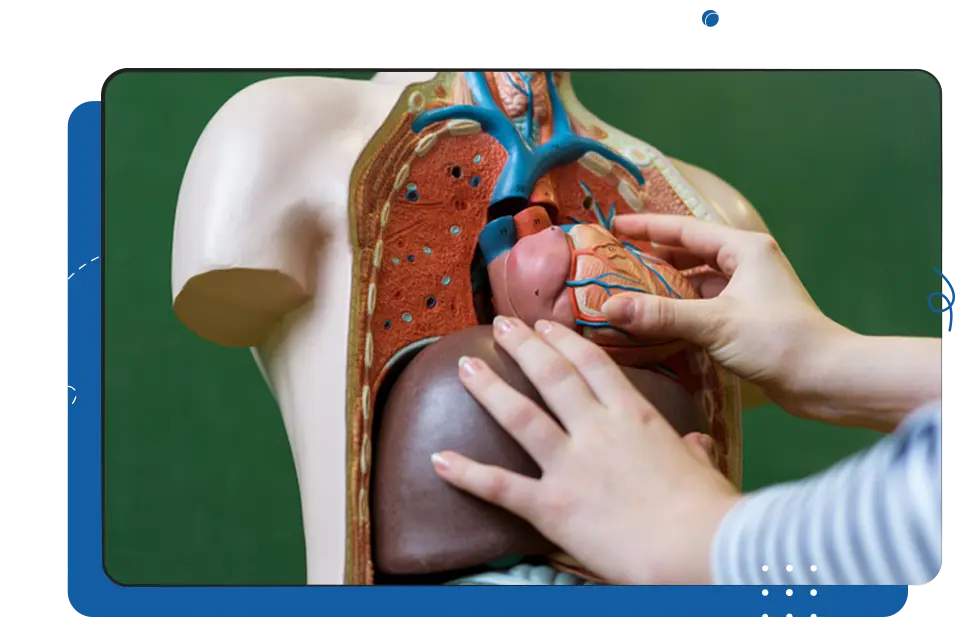CTE Curriculum
Prepare learners with CTE curriculum aligned to industry standards.
About the Course
The Anatomy & Physiology course is designed for students to conduct laboratory and field investigations, use scientific methods during investigations, and make informed decisions using critical thinking and scientific problem solving. Students in Anatomy and Physiology will study a variety of topics, including the structure and function of the human body and the interaction of body systems for maintaining homeostasis.
SAMPLE LESSON
Human Physiology: Muscular System
Each lesson includes media-rich presentations, a pre-made lesson plan, assessments and engaging real-world projects and activities. To get an idea of what iCEV offers, explore the sample lesson and resources below.
Lesson Resources:
Lessons Available in This Course
- Analyzing Data: Anatomy & Physiology
- Anatomy & Physiology Capstone*
- Communicating Findings in Anatomy & Physiology
- Conducting Lab & Field Investigations: Anatomy & Physiology
- Developing a Model: Anatomy & Physiology
- Emerging Technologies: Science & Medicine
- English Applications
- Experimental Design: Anatomy & Physiology
- Human Anatomy: Cardiovascular System
- Human Anatomy: Digestive System
- Human Anatomy: Endocrine System
- Human Anatomy: Integumentary System
- Human Anatomy: Lymphatic System
- Human Anatomy: Muscular System
- Human Anatomy: Nervous System
- Human Anatomy: Reproductive System
- Human Anatomy: Respiratory System
- Human Anatomy: Skeletal System
- Human Anatomy: Urinary System
- Human Diseases & Disorders: Cardiovascular System
- Human Diseases & Disorders: Digestive System
- Human Diseases & Disorders: Endocrine System
- Human Diseases & Disorders: Integumentary System
- Human Diseases & Disorders: Lymphatic System
- Human Diseases & Disorders: Muscular System
- Human Diseases & Disorders: Nervous System
- Human Diseases & Disorders: Reproductive System
- Human Diseases & Disorders: Respiratory System
- Human Diseases & Disorders: Skeletal System
- Human Diseases & Disorders: Urinary System
- Human Physiology: Cardiovascular System
- Human Physiology: Digestive System
- Human Physiology: Endocrine System
- Human Physiology: Integumentary System
- Human Physiology: Lymphatic System
- Human Physiology: Muscular System
- Human Physiology: Nervous System
- Human Physiology: Reproductive System
- Human Physiology: Respiratory System
- Human Physiology: Skeletal System
- Human Physiology: Urinary System
- Human Reproductive System: Hormones
- Impact of Science: Anatomy & Physiology
- Lab Safety Procedures: Anatomy & Physiology
- Lymphatic System: Blood Typing
- Metabolic Pathways
- Nervous System: Understanding the Senses
- Professionalism in the Sciences: Anatomy & Physiology
- Reproductive System: Embryological Development
- Science Explained: Anatomy & Physiology
- STEM Careers: Anatomy & Physiology
- The Human Body
- Tools & Equipment in Anatomy & Physiology
- Understanding Homeostasis





